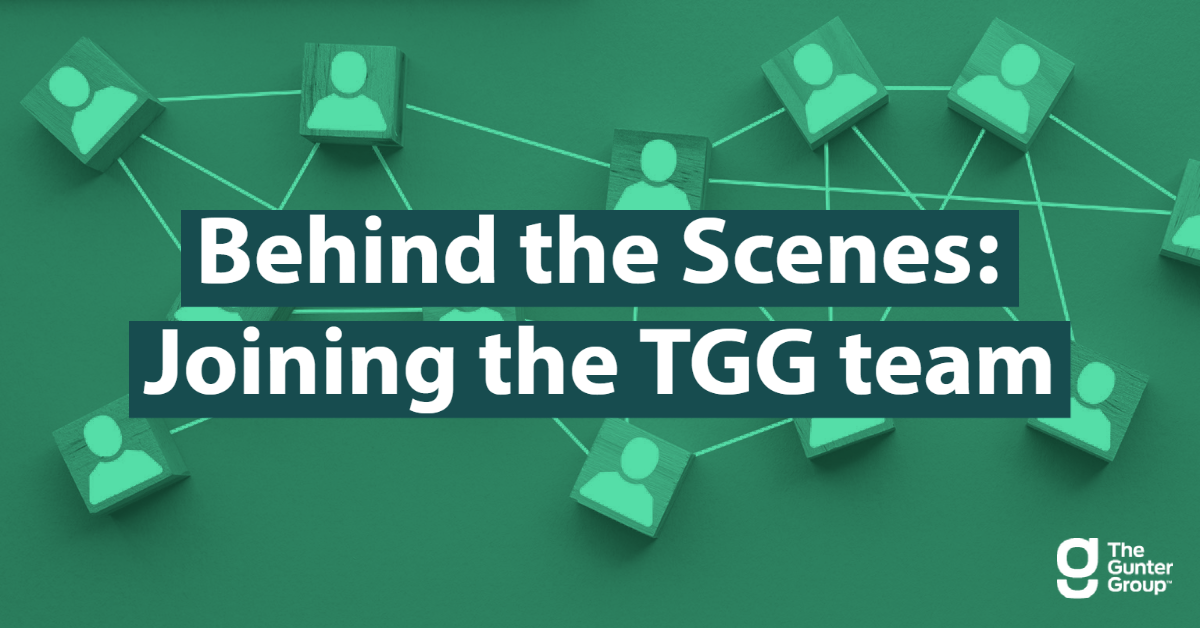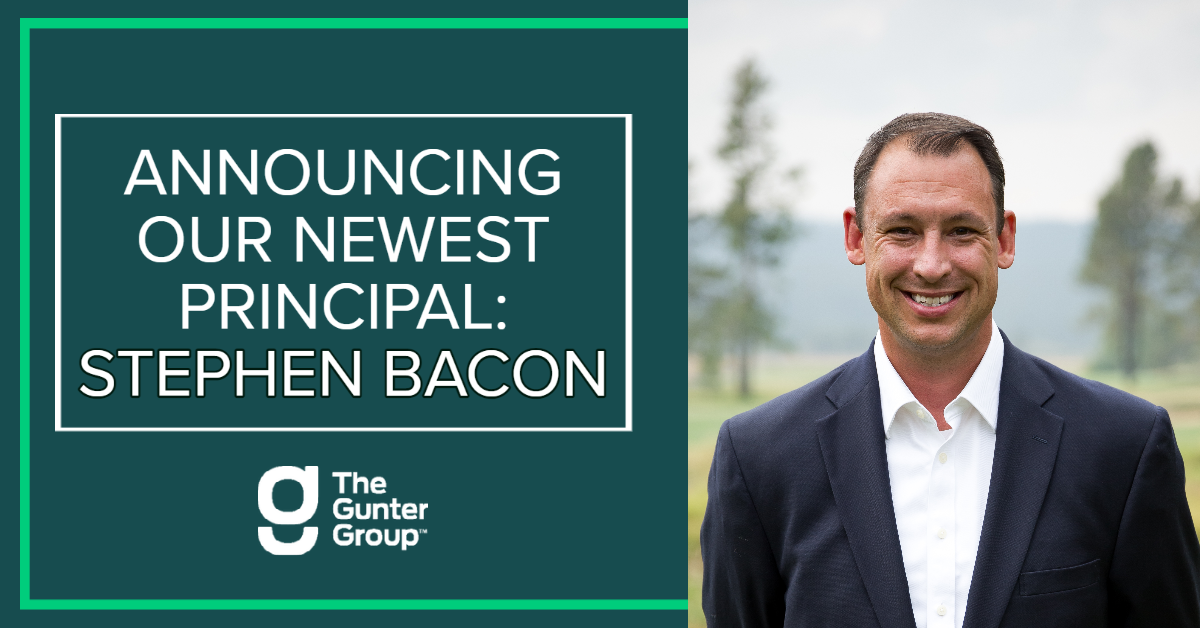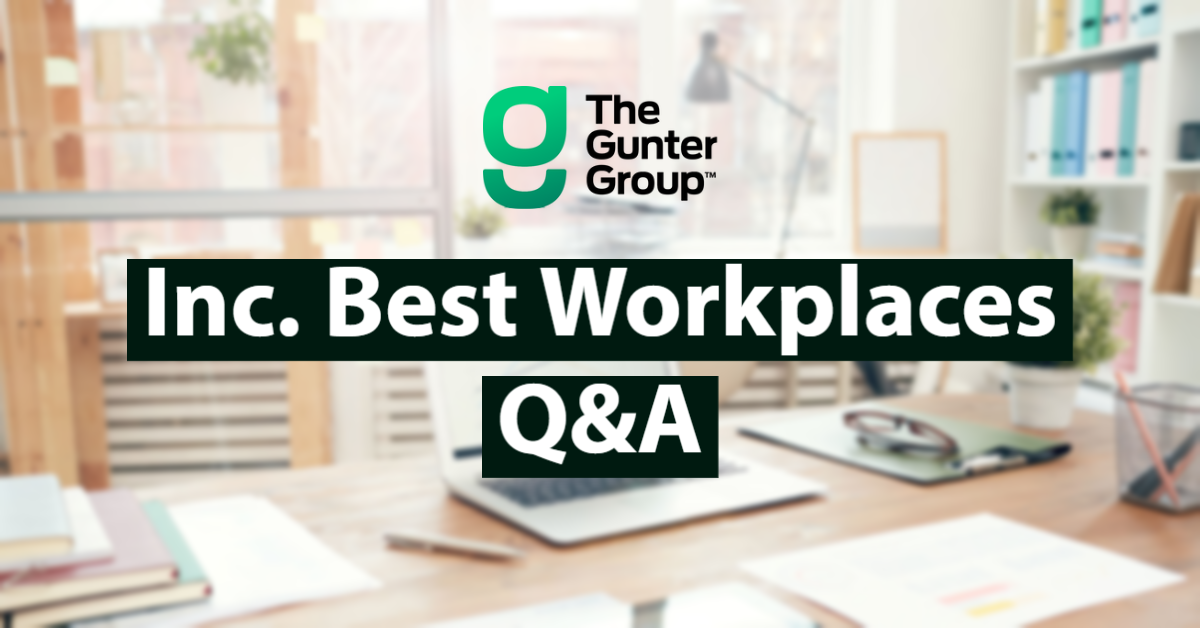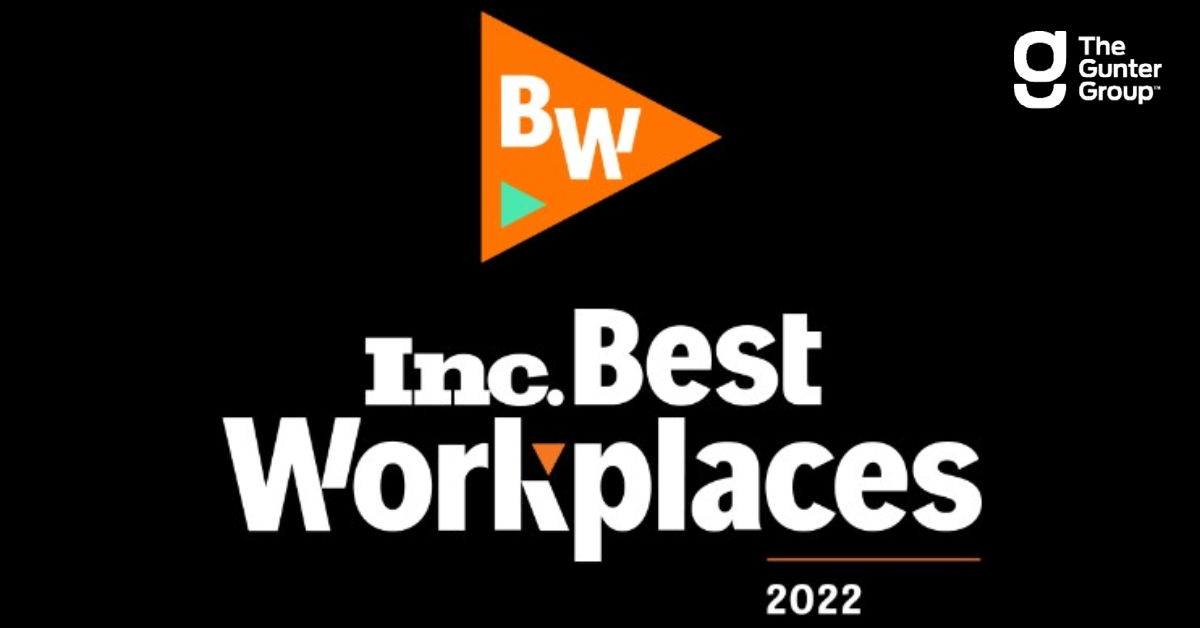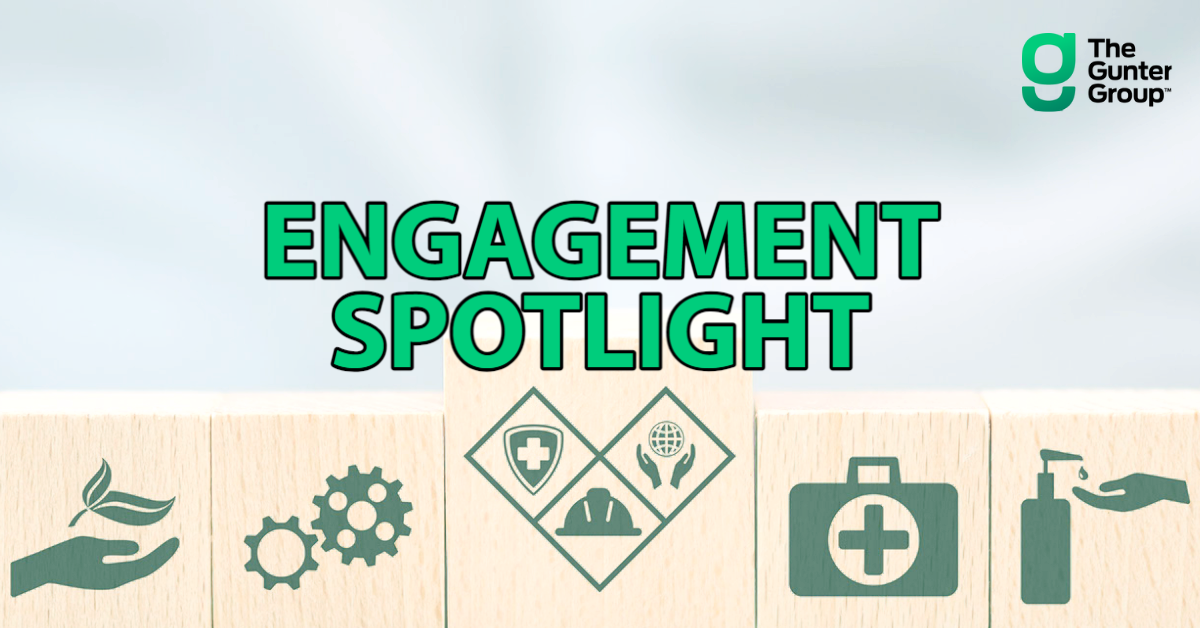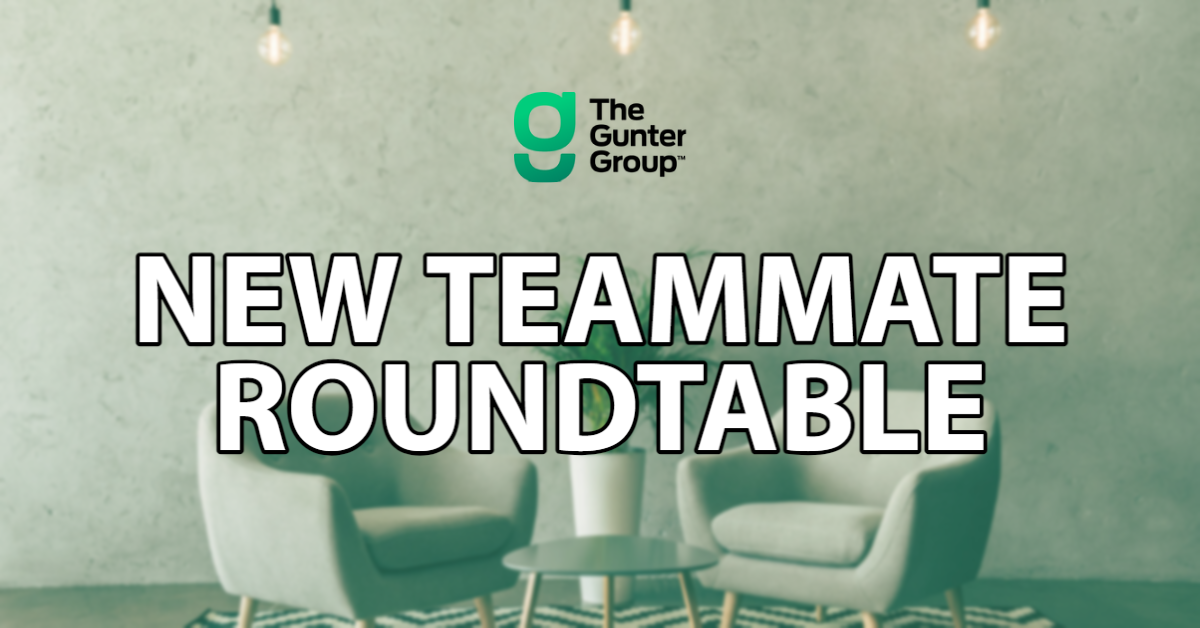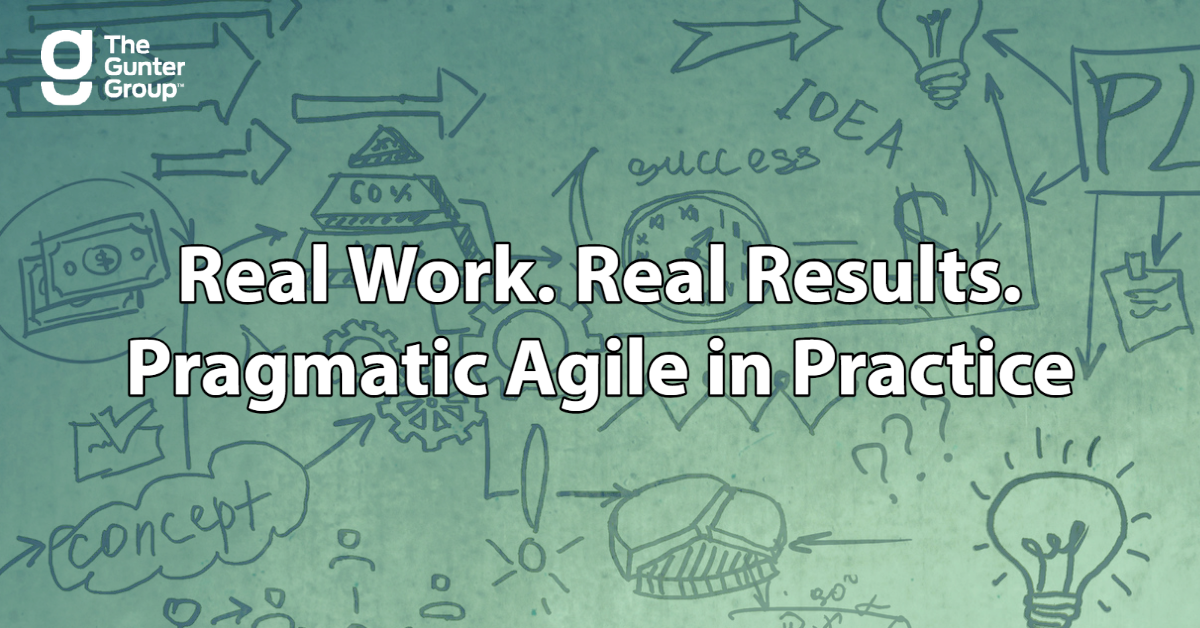“Expect the unexpected.” Whether you’re faced with a crisis now, or looking to be prepared for anything unexpected in the future, here are five keys our team utilizes to help organizations move forward with critical, fast track projects.
Tag Archives: Management Consulting
5 KEYS FOR TACKLING
SURVEYING THE DATA LANDSCAPE IN 2022
Matt Jamison, Principal Consultant and Service Leader for TGG’s Technology Practice, explains TGG’s unique approach to Technology work and explores current industry trends.
BEHIND THE SCENES:
JOINING THE TGG TEAM
Many members of The Gunter Group have a unique story in regards to their transition to TGG. Today we take a behind the scenes look at what it’s like to join the TGG team.
FROM OUR PARTNERS:
ANNOUNCING OUR NEWEST PRINCIPAL, STEPHEN BACON
We are excited to announce Stephen Bacon as the newest Principal with The Gunter Group. Stephen has been instrumental in leading TGG’s Strategy Practice, managing large-scale engagements, and developing client relationships.
INC. BEST WORKPLACES Q&A
Three TGG team members share what makes Inc.’s national recognition special and why The Gunter Group culture is so unique.
TGG RECOGNIZED ON NATIONAL BEST WORKPLACES LIST
The Gunter Group has been named to Inc. Magazine’s highly competitive list of Best Workplaces for 2022.
ENGAGEMENT SPOTLIGHT
WITH SCOTT THEENER
In the thick of the COVID-19 lockdowns, a multi-campus community college came to TGG asking if we could help solve a problem that had no pre-fab solution. Senior Consultant Scott Theener shares how he worked with the client to track the ever-changing regulations and develop a method to integrate the reopening changes into scalable processes.
NEW TEAMMATE ROUNDTABLE
We recently sat down with three teammates who joined TGG in the last six months to discuss their transition to, and time with, The Gunter Group. The conversation ranged from first impressions, to client work, and even TGG’s infamous swag.
REAL WORK. REAL RESULTS.
PRAGMATIC AGILE IN PRACTICE
Senior Consultant Rob Anteau, has been working with Agile and waterfall teams for decades. As a way to highlight pragmatic Agile in practice, we are sharing a recent example of an impactful Agile adoption he oversaw for a client.


